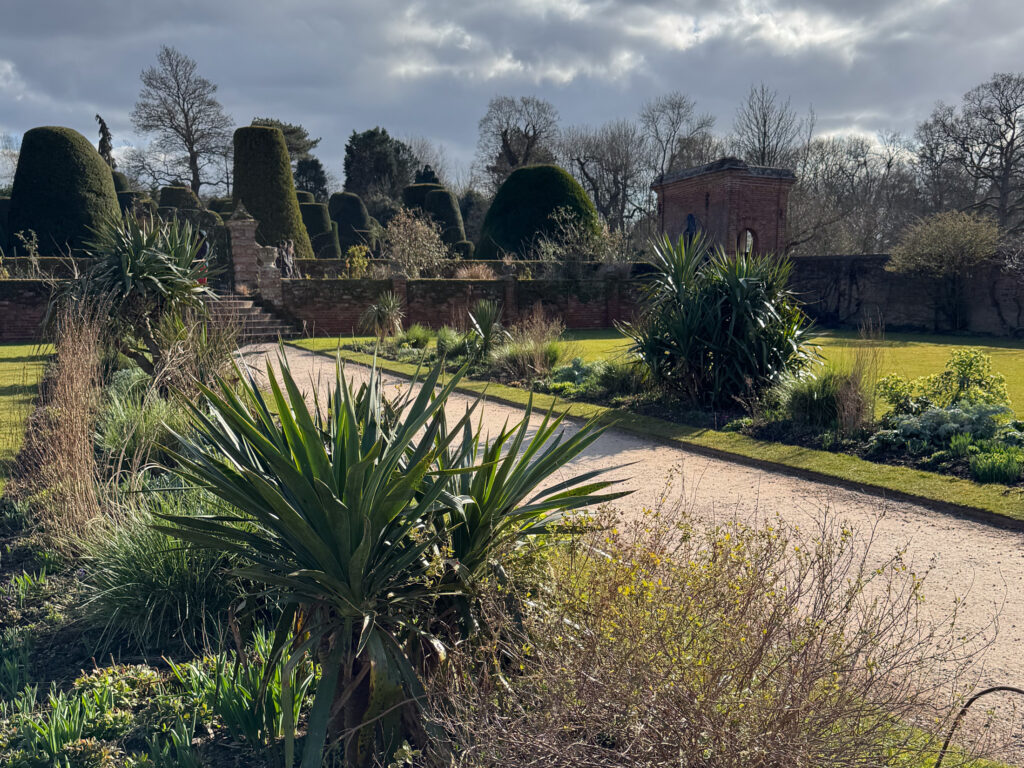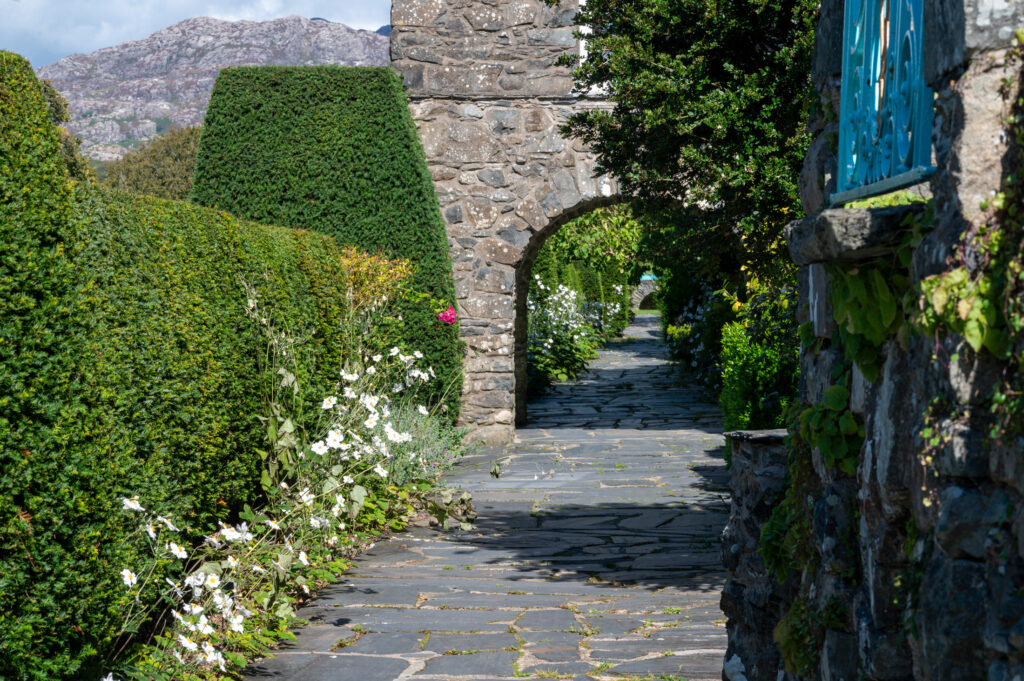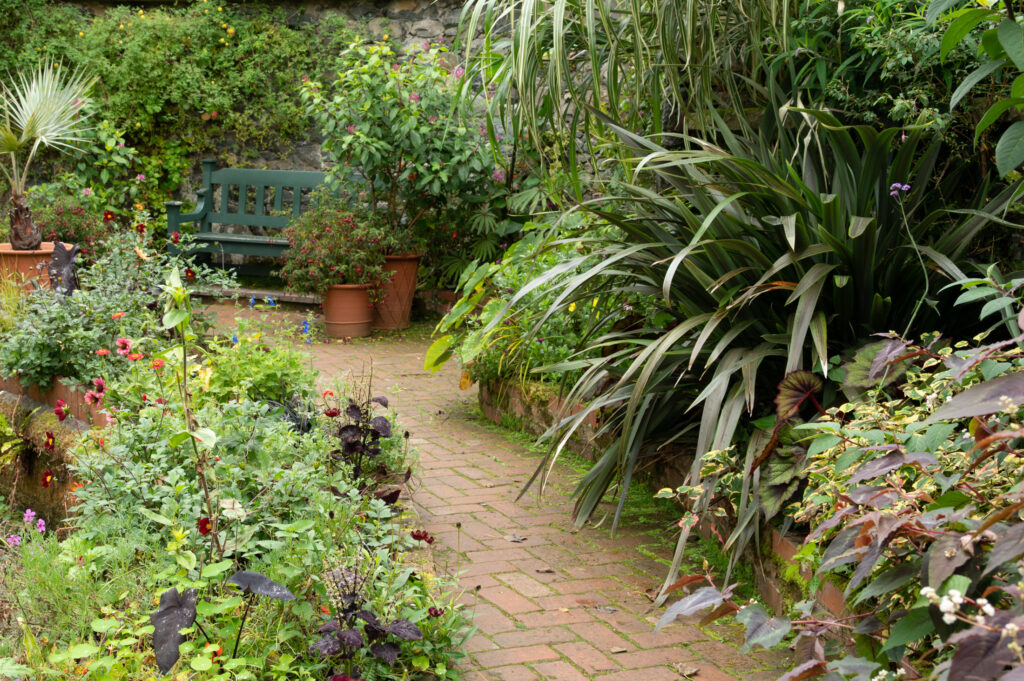
Have you ever walked into a garden that just feels right - where everything seems to belong, and your eyes and feet are naturally drawn through the space? That sense of ease and connection doesn’t happen by accident. It’s the result of good garden design - specifically, flow and cohesion.
Whether your garden is small and urban or large and rural, creating a sense of harmony between its elements is what transforms it from a collection of parts into a beautiful, usable whole.
In this post, we thought we'd explore what flow and cohesion mean in garden design, why they matter, and how you can start improving both in your own garden.
What Do Flow and Cohesion Mean in Garden Design?
Flow is about movement and connection - how your eye, body, and attention move through the space. So paths, planting, sightlines, and focal points all influence how a garden flows. A garden with good flow tends to feel intuitive: you want to wander, explore, and linger in the space.
Cohesion, on the other hand, is about unity. It’s the visual glue that ties everything together, so think materials and colours; shapes and planting style. A cohesive garden feels balanced and intentional, even if it’s full of variety.
Together, flow and cohesion make a garden feel comfortable, natural, and right. Even in an 'off season' our main photo of the garden at Packwood House, National Trust illustrates this; our eyes 'travel' through the image easily - the pathway draws the eye towards the steps and then along the yew topiary towards the building and then down again to the pathway, whilst the structural planting maintains the garden's cohesion through repetition of colour, form and texture.
Why Flow and Cohesion Matter
Without flow, a garden can feel disjointed or confusing - you don’t quite know where to go or what to look at.
Without cohesion, it can feel cluttered or chaotic - lots of nice bits, but nothing that holds them together.
When you get both right, the whole garden starts to “speak the same language.” Every element - from paving to planting - supports the overall story or feel of the space. We loved this example at Plas Brondanw Gardens part of the Clough Williams-Ellis Foundation - see how the building and pathway materials pick up the Snowdonia mountains beyond? And how the repeated white anemones and topiary 'carry' the eye along the pathway?

How to Improve Flow and Cohesion in Your Garden
If your garden doesn’t quite “hang together,” here are some easy ways to improve it:
1. Repeat key elements
Use the same materials, colours, or plant species in more than one area to visually link spaces together. Repetition helps create a rhythm that your eye recognises.
2. Create clear sightlines
Lead the eye towards something - a tree, sculpture, pot, or bench - to encourage natural movement through the space. In our example here of Bodnant Garden, see how your eye naturally follows the pathway towards the bench?
(Pro tip: Stand at your back door and look out — what’s your eye drawn to first?).

3. Mind the transitions
Pay attention to how one area meets the next. Subtle changes in texture, height, or colour can help spaces flow into one another.
Avoid abrupt shifts - instead, use planting or materials to blend the edges. Check out our previous blog on Creating an Indoor Outdoor Cohesive Space too!
4. Keep your palette consistent
Limit the number of hard landscaping materials and dominant colours you use. Consistency creates calm and makes a space feel more unified.
5. Balance open and enclosed spaces
Flow relies on contrast - open lawns that lead into planted corners or sheltered seating areas create movement and interest without chaos.
The Takeaway
Flow and cohesion aren’t about strict rules - they’re about creating a feeling.
When your garden has both, it becomes a place you want to spend time in, because everything works together.
Next time you’re looking around your garden and something feels “off,” take a step back and ask yourself:
- Does my garden lead me naturally from one space to another?
- Do the materials, shapes, and colours feel like part of the same story?
If the answer’s no, some thoughtful changes can help make a big difference!
🌼 Free Guide: 6 Simple Tricks to Improve Flow and Cohesion in Your Garden
Want practical, designer-approved ways to make your garden feel more connected?
👉 Download our free guide: “6 Simple Tricks to Improve Flow and Cohesion in Your Garden”
You’ll get three simple tips for improving flow and three for creating cohesion - easy to use, no matter what size or style your garden is.




